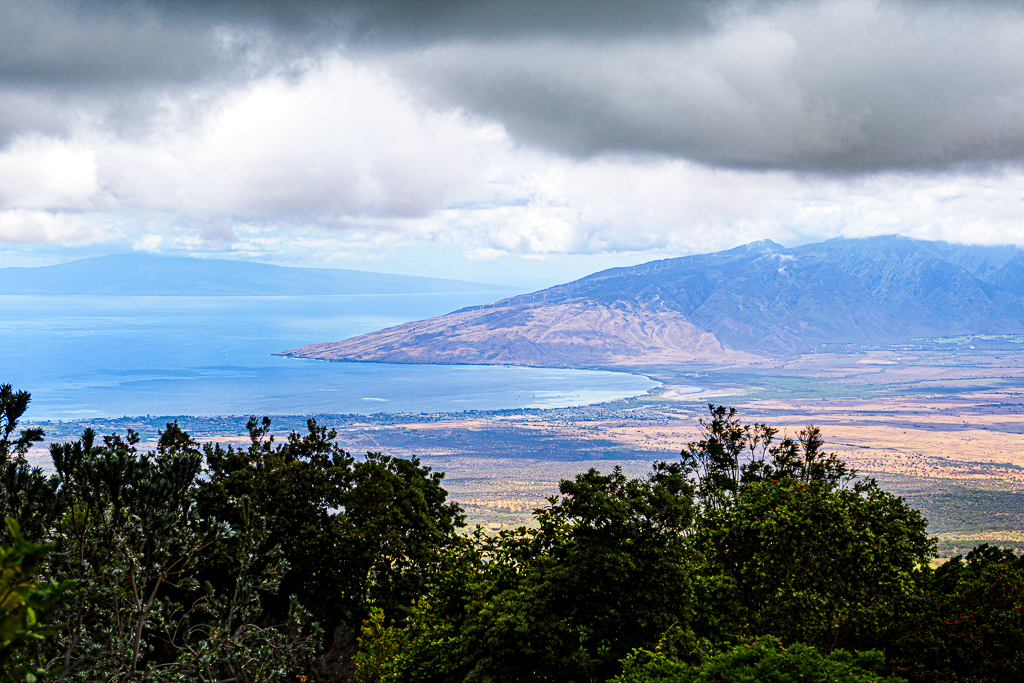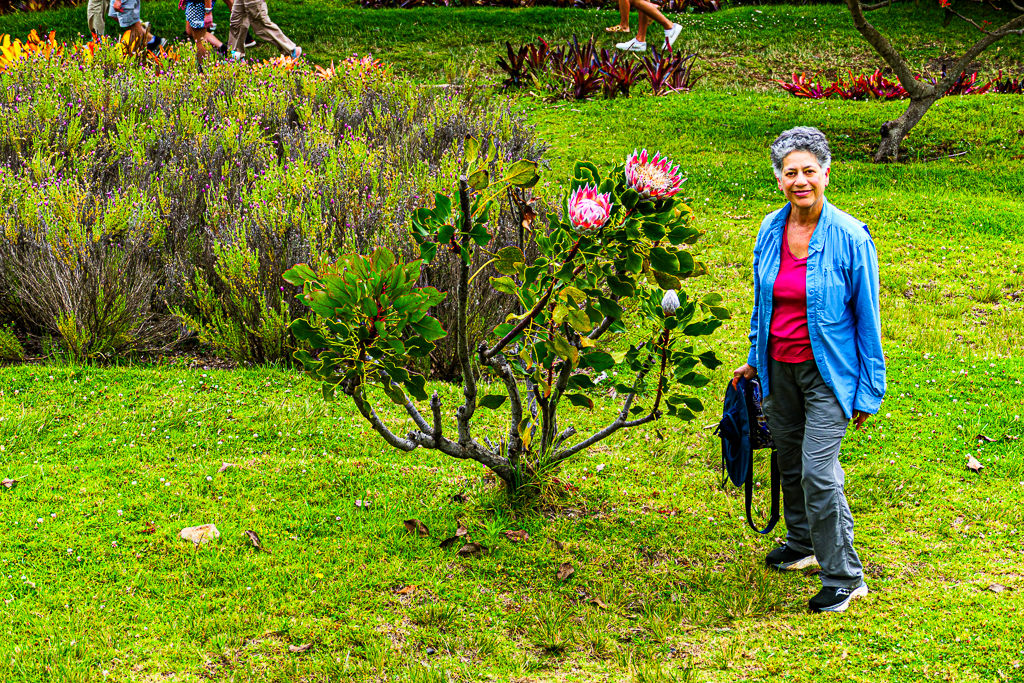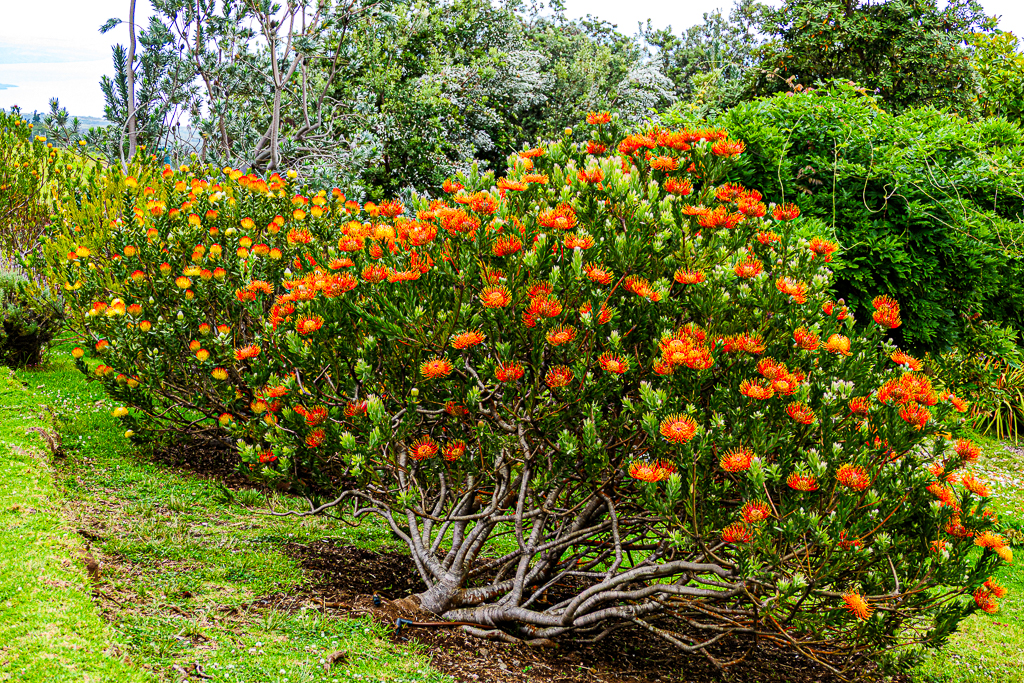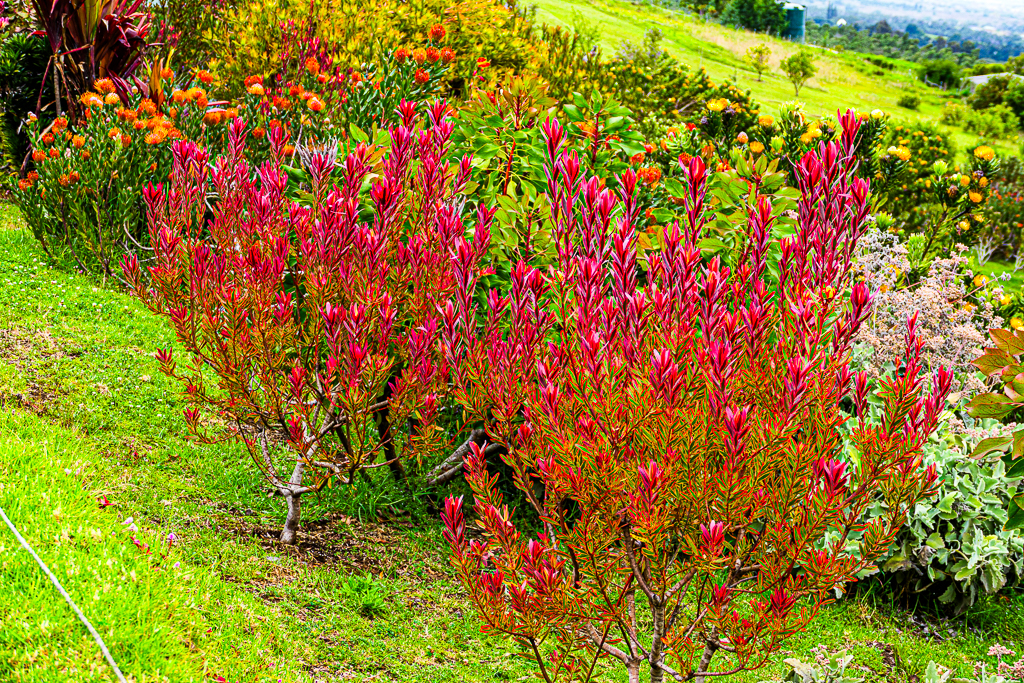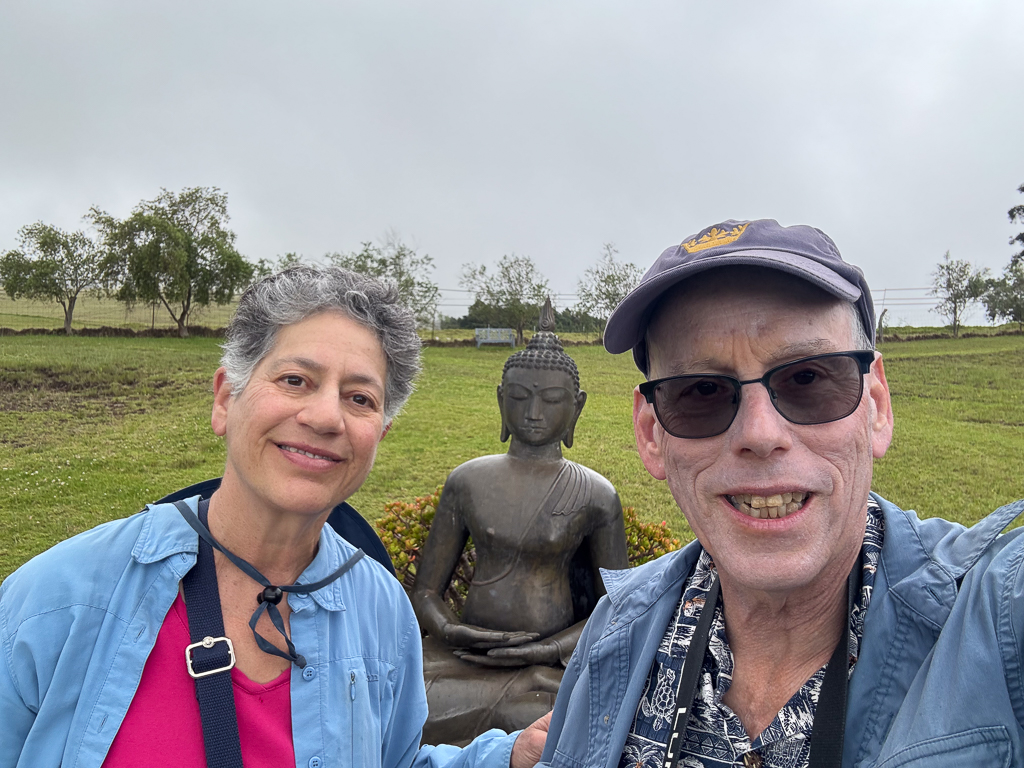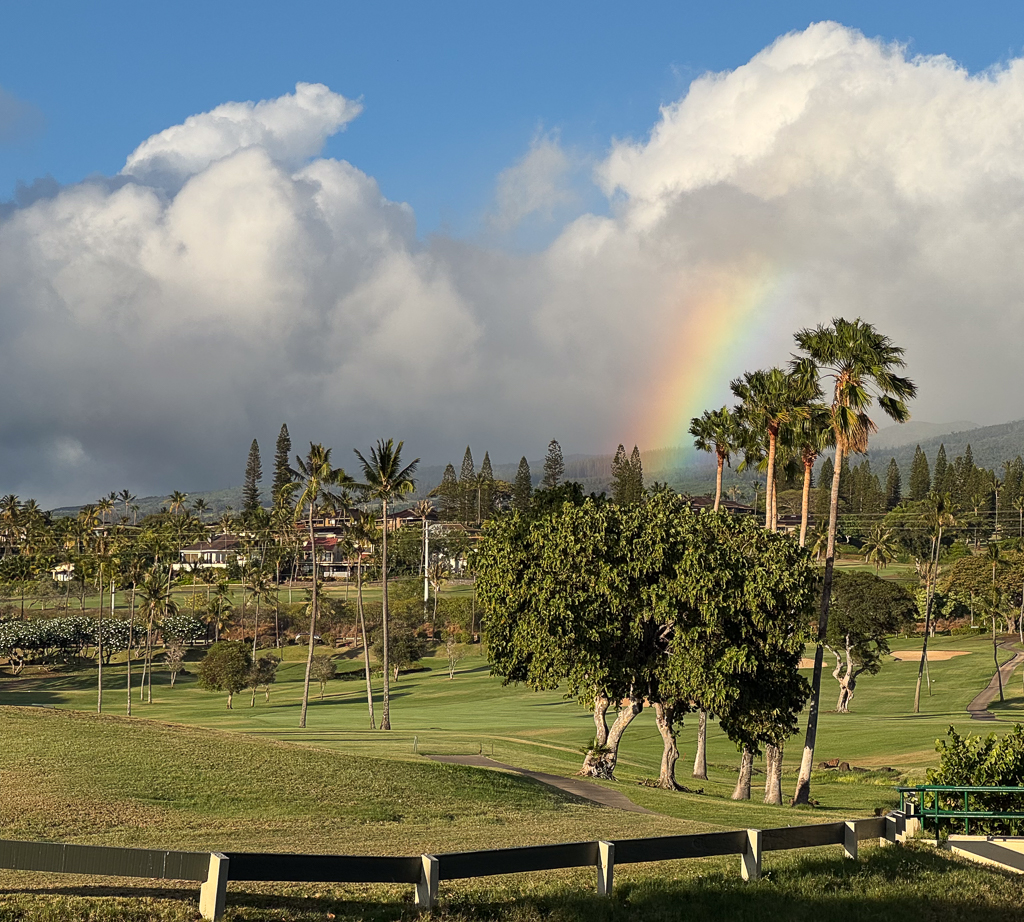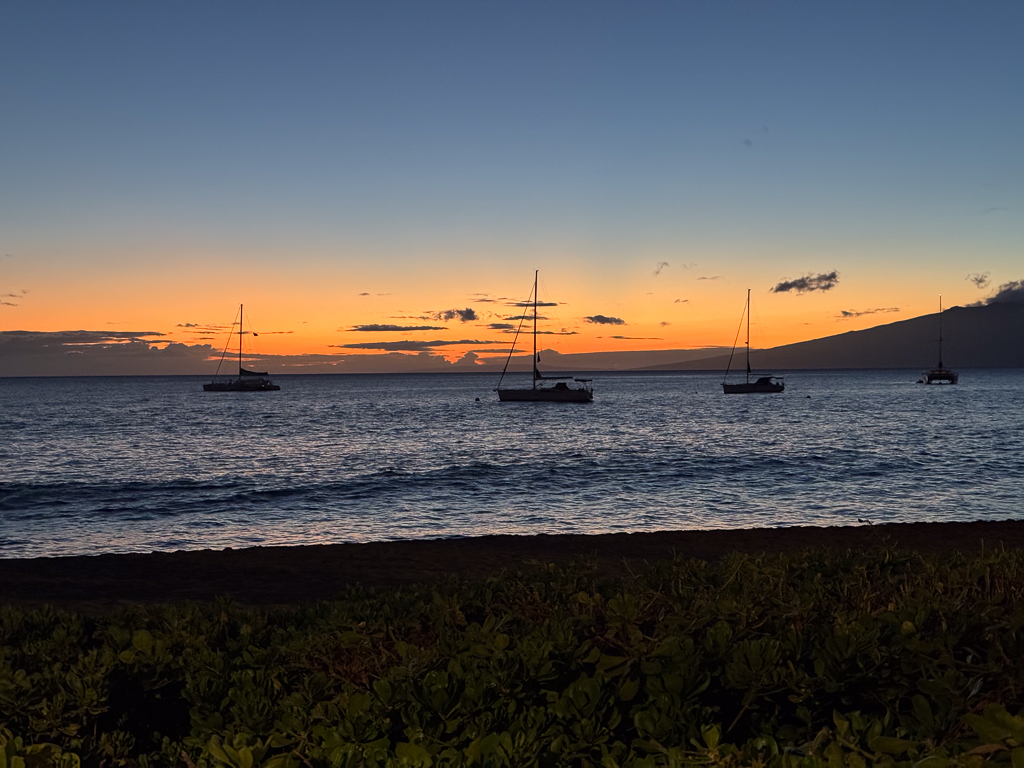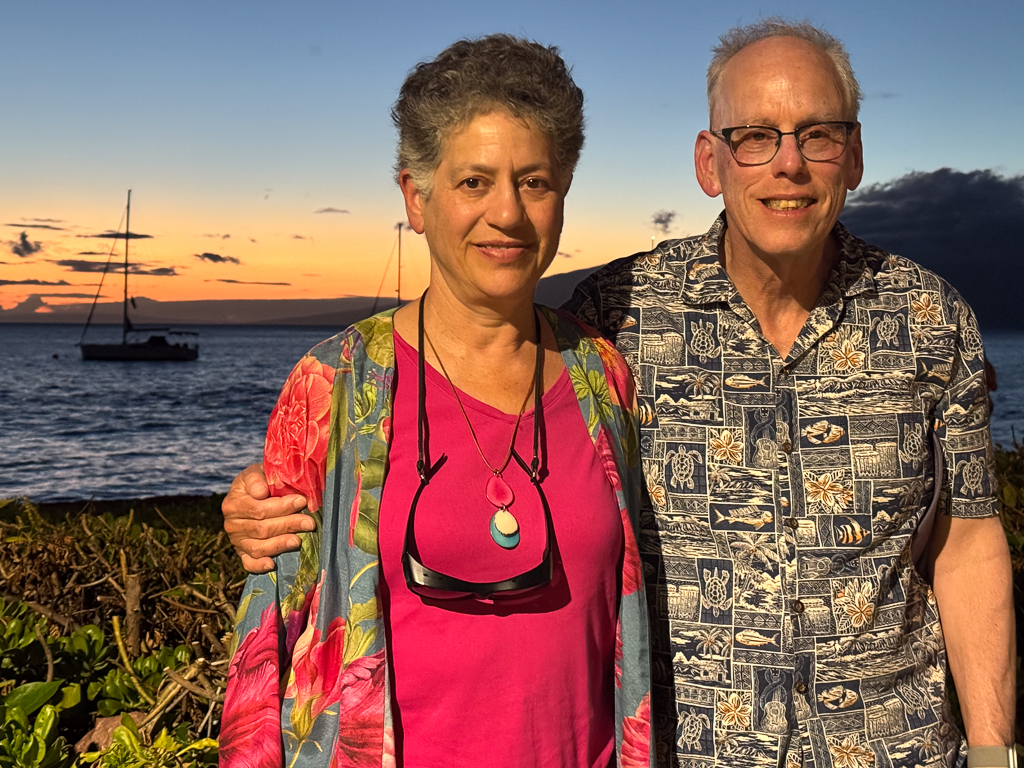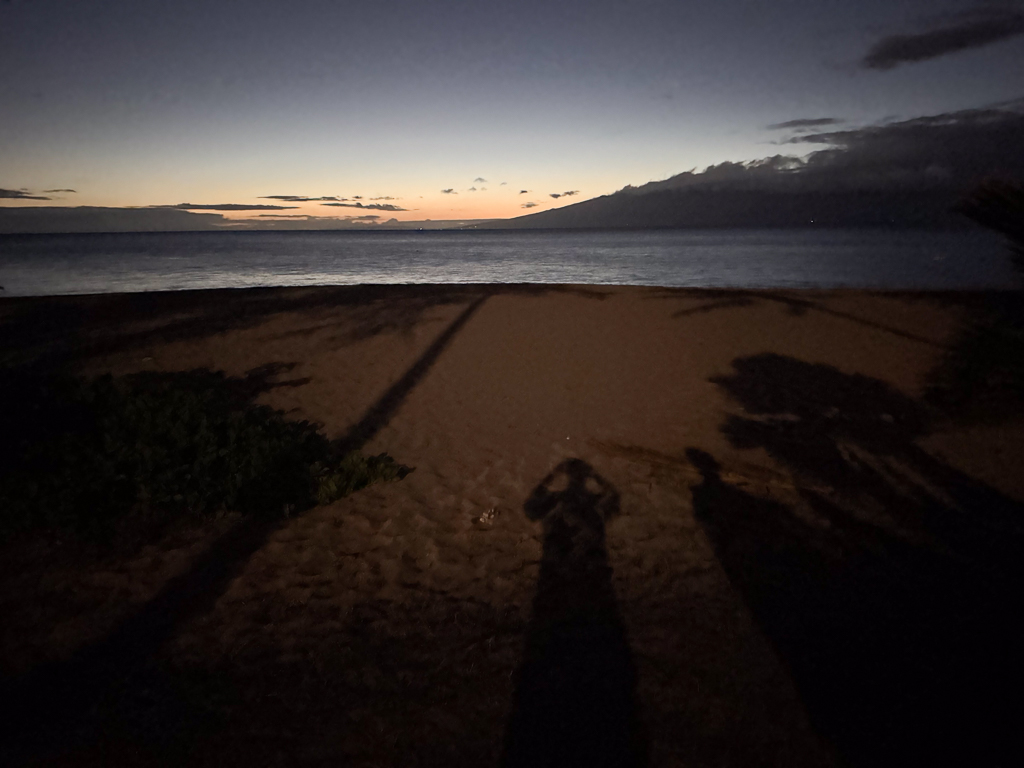
As I type this, it’s 5:30pm HST (8:30pm Pacific), and we are supposed to be a little over two hours from landing at OAK (Oakland) airport (I refuse to call it “Oakland San Francisco Bay Airport”). But we’re not. Instead, we are firmly on the ground at OGG (Kahalui, Maui) airport, sitting in the Hawaiian Airlines lounge after a partially-paid-for-by-Hawaiian dinner at Stinger Ray’s, conveniently located across from our gate.
Our flight was supposed to leave at 2:30pm; Hawaiian’s best guess right now is 9pm. They are ferrying in a new plane and crew to replace the ones which were supposed to take us home – maintenance worked on the original plane for at least an hour after we got to the gate, but eventually, the gate agent came on the PA and said that “the plane is broke.”
They originally said we’d be able to leave on the replacement plane at 6pm, but I had my doubts – they had to find a plane (easy) and a crew (more difficult) and fly them from Honolulu to Maui. 9pm seems realistic. I hope.
We had plenty of time to kill before coming to the airport (we left the resort around 9:30am and didn’t need to be at the airport until 12:30pm), too. We had a disappointing lunch at Leoda’s Kitchen and Pie (both of us had the seared ahi sandwich, which was a terrible waste of a small serving of ahi tuna; the chocolate chip cookie was much better), and then went to Costco to look for souvenirs (successfully).
Oh, well; there’s wifi here, it’s air-conditioned, and we’re not on a plane with bad engines!
Finally!
The new plane and crew arrived about 7:40. We boarded about 8:20, left the gate at 8:43, and were in the air at 8:53. ETA is 4:34am.


